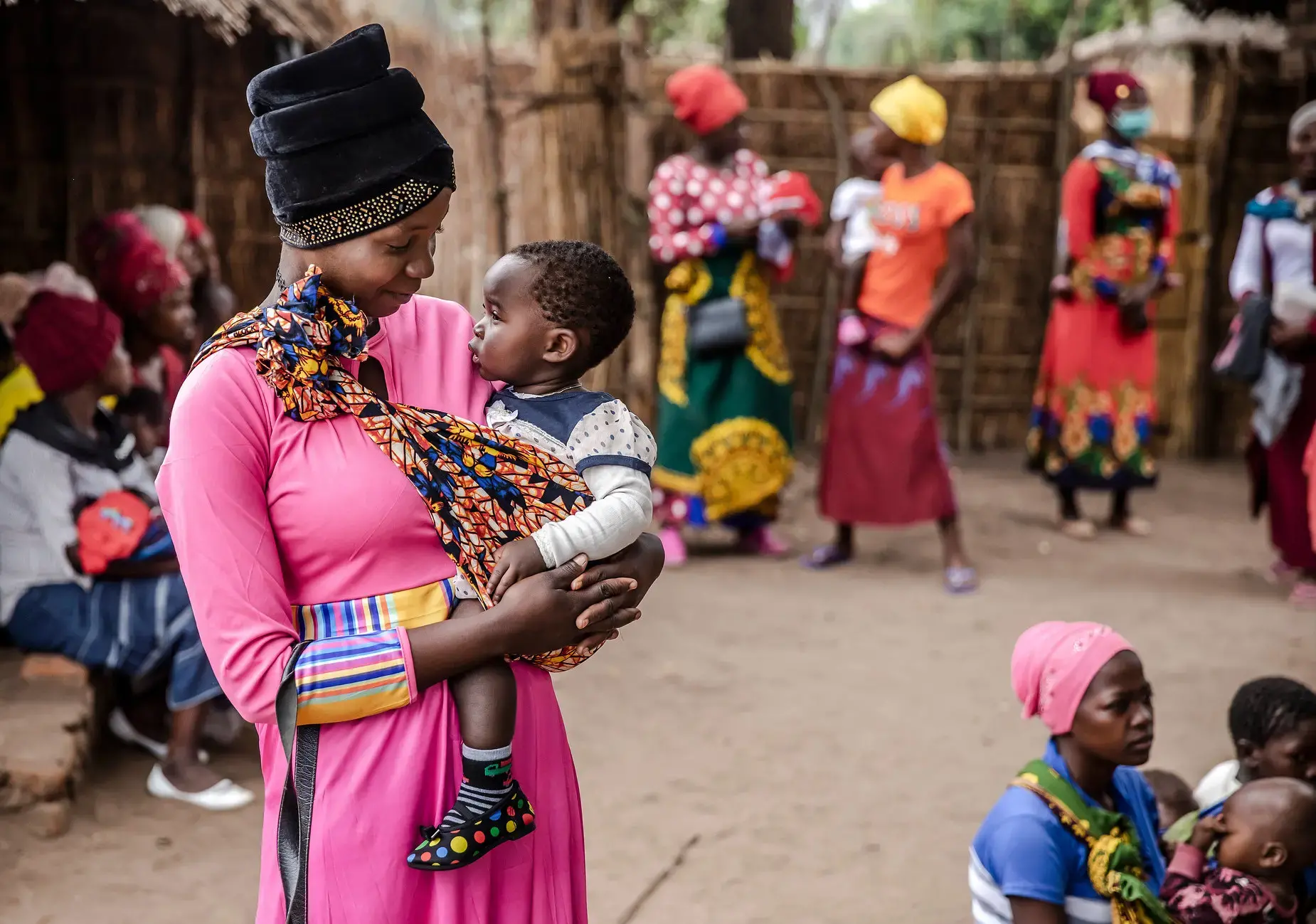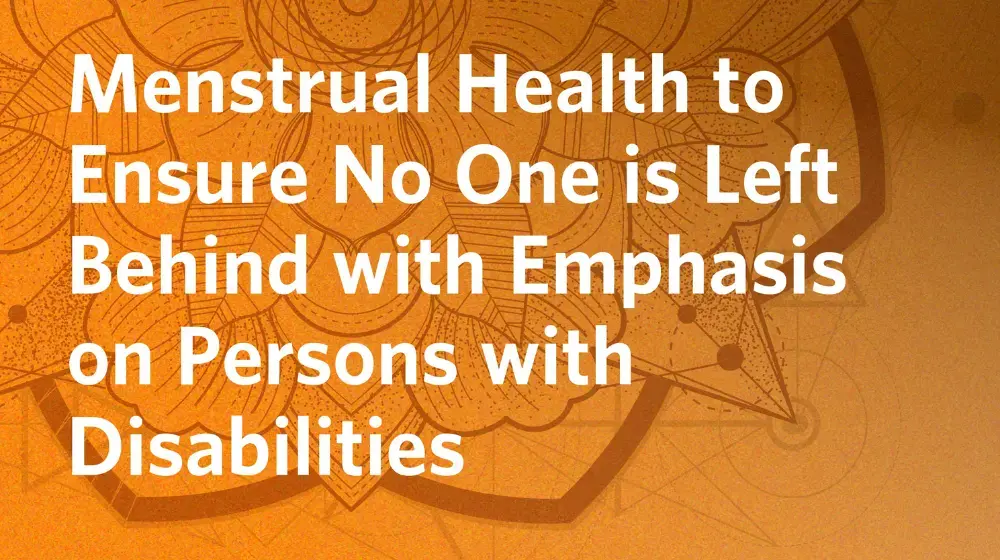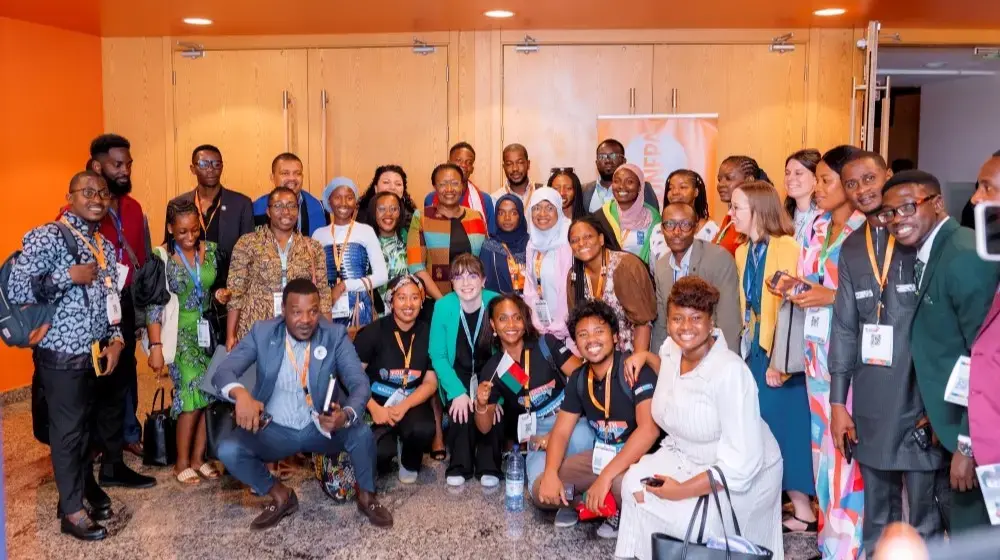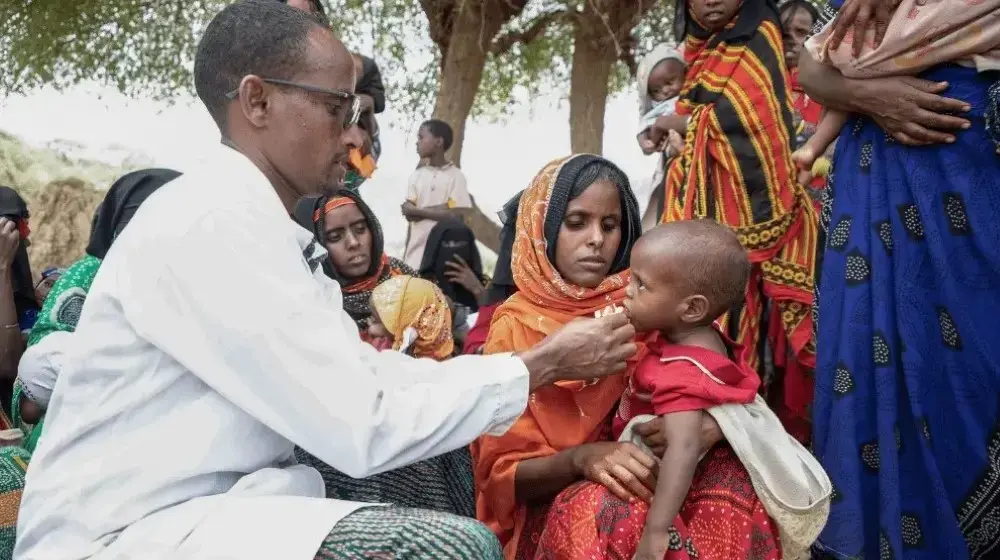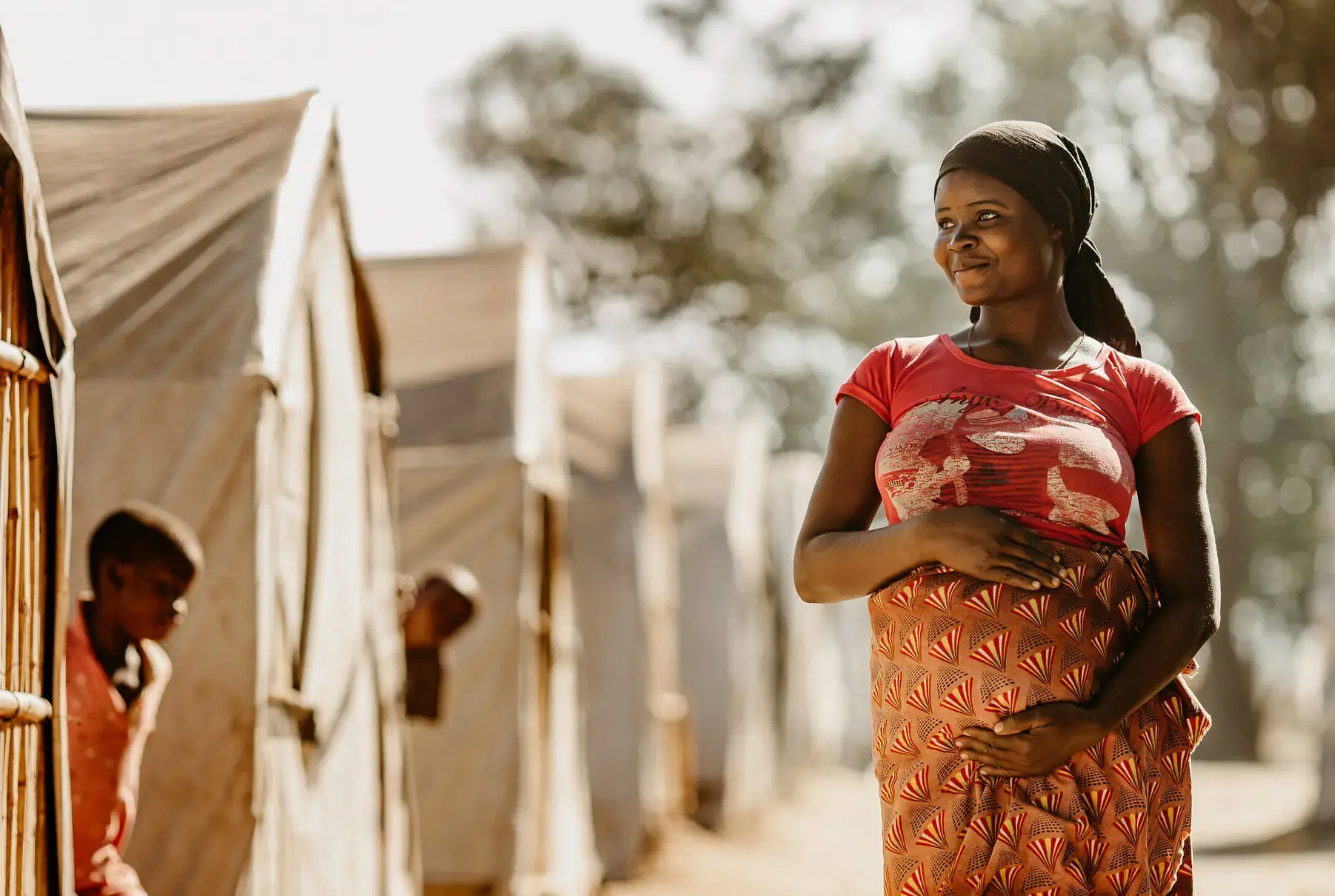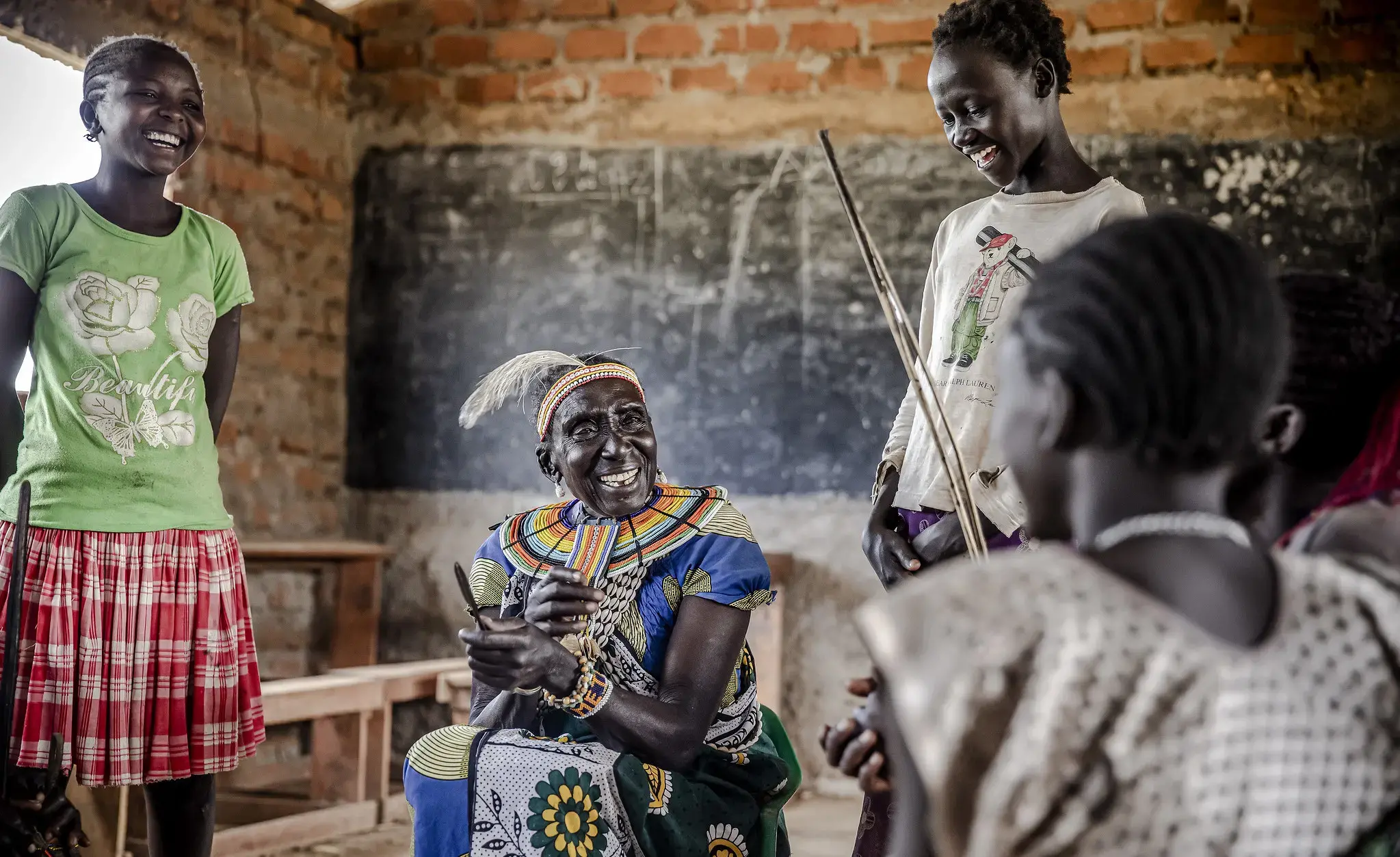The East and Southern Africa region saw its population increase from 312 million in 1994 to 633 million in 2021. This is expected to grow to 1.1 billion by 2050, accounting for 47 per cent or almost half of Africa’s population. At present, 42 per cent of the population of the region is below the age of 15, while young people aged 10 to 24 make up about 33 per cent.
The future of Africa and its aspirations to meet the Sustainable Development Goals of Agenda 2030 and Africa Agenda 2063 is dependent on the ability of the continent to transform and utilize its human capital, particularly its large youthful population, which it can leverage for economic transformation. This is the result of a substantial decrease in mortality rates, which preceded a decrease in fertility rates. Fertility rates in the ESA region remain, however, high with an average of 4.1 children per woman of reproductive age (2022).
These trends have implications for development in the region. This is because there is a strong link between population dynamics and development issues such as sexual and reproductive health (including maternal health, family planning and HIV), young people’s needs, gender equality and poverty reduction. Lack of data and relatively weak national capacity to analyze and utilize statistical data undermine the integration of population and development issues into national policies.
In the ESA Region, weak data governance structures and coordination of statistics responsibilities within respective countries often undermine the capacity of their national statistical institutions to generate, coordinate, and ensure availability of data, statistics, evidence, and information for decision-making. In addition, weak technical capacity at national statistical offices to undertake in-depth analysis on sector-specific disaggregated data further limits the culture of data use. This also constrains the system’s ability to identify and target population groups left behind. Over-reliance on census and survey data also contributes to weak national and sub-national routine data information systems.
Limited financing by member states and the disruptive effect of earmarked donor financing fragments data information systems. Weak culture of data use also emerges from weak capacity to translate evidence and knowledge into policy, programme of actions, and investments. Multiple uncoordinated actors and frameworks in the data ecosystem require attention and implementation of the Strategy for the Harmonization of Statistics in Africa (SHaSA) needs to be accelerated. Regional monitoring and peer review accountability mechanisms remain weak in tracking progress towards the SDGs, Agenda 2063, and National Development Agenda. Furthermore, as the fourth industrial revolution advances, uptake of innovation and modern technologies for data collection, analysis and use, remains low as a result of weak leadership and investments.
UNFPA response
UNFPA is one of the world’s largest supporters of population data collection. In addition to supporting censuses and surveys, UNFPA works with policymakers, civil society, healthcare providers and educators at all levels to promote sexual and reproductive health and rights – including voluntary family planning.
UNFPA also offers a wide range of programming to help countries build demographic resilience, or their capacity to address population dynamics in a holistic manner, mitigating negative effects and harnessing the opportunities that come with demographic change.
In collaboration with UN agencies, UNFPA supports member states and regional institutions in strengthening their capacities in population data. We are moving beyond a focus on population and housing census as its primary flagship data offer, to population vulnerability dashboards and a population data platform as a ‘one-stop-shop’ for harmonized data for sustainable development. The data revolution is critical to accelerating actions and investments in SRHR, the SDGs, as well as actualizing the aspirations of Africa Agenda 2063.
National Strategy for Statistics
Prioritization of national statistical capacity needs, organizational change, coordination, and resource requirements in line with the Paris Declaration principles are important to meet the evolving data ecosystem. National statistical strategies have proved to be useful in Rwanda, Tanzania, Namibia, and Malawi in defining the minimum standards for data generation and in guiding acceleration towards the SDGs.
Census and Other Population-based Surveys
Improved availability of population data is notable in the region because of links to the decennial censuses and other population-based survey programmes, such as the United States Agency for International Development-supported Demographic and Health Surveys (DHS) and UNICEF’s Multiple Indicator Cluster Surveys (MICS). Expanding the scope of population survey data sets and sampling strategy beyond national and first administrative levels is critical for leaving no one behind. A regional UN Africa Data for Development platform that leverages population data assets aligns with Africa’s call for a renewed data revolution for sustainable development.
Towards 2030 and beyond, UNFPA and the UN Economic Commission for Africa (ECA) will lead data efforts in Africa. These efforts will include innovations in evidence generation, research and knowledge management, and use of digital technology such as geospatial data, satellite imaging, and remote sensing. The efforts also involve the strengthening of statistical data capacities and culture of use for sustainable development.
Civil Registration and Vital Statistics
The Civil Registration and Vital Statistics (CRVS) system remains weak in the ESA Region. The region scored an average of 82 per cent in enabling legal frameworks after countries amended relevant legal provisions 20 years ago, but most are still not aligned with international standards. The region scored a moderate 50 and 60 per cent compliance with international standards, coverage, and completeness of civil registration events and interface with other sectors and operations. It scored weaker (less than 50 per cent) in other components.
Updated March 2023

